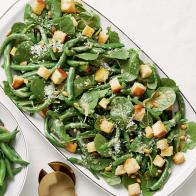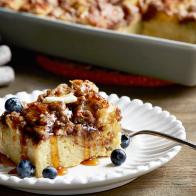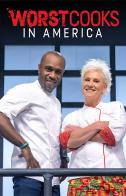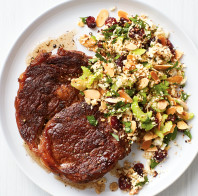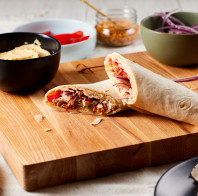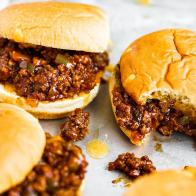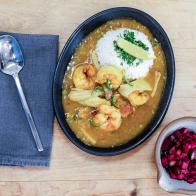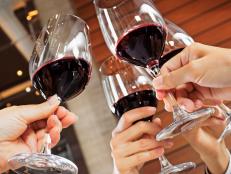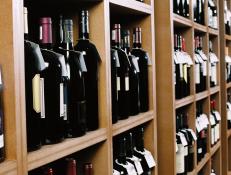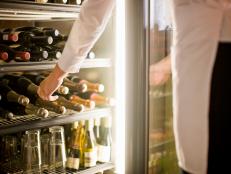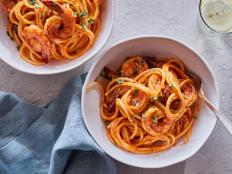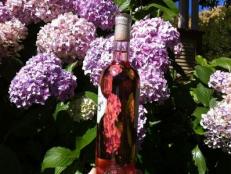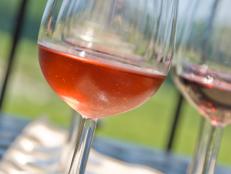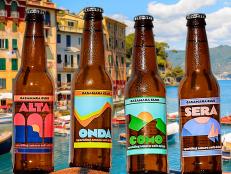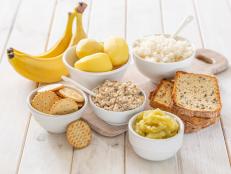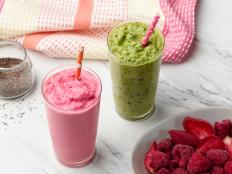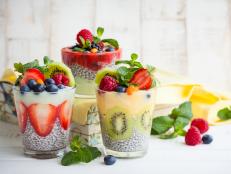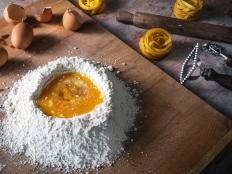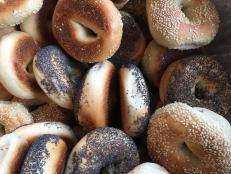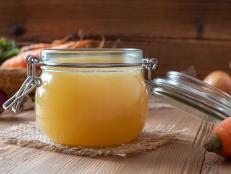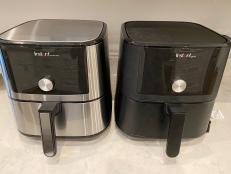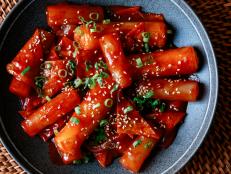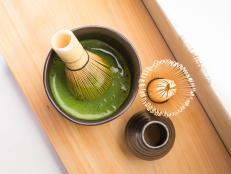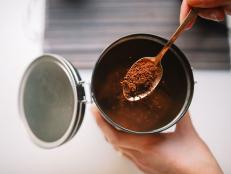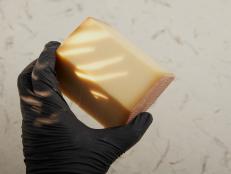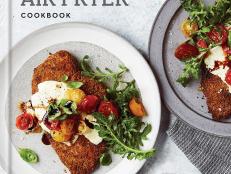5 Tips to Understanding Bubbly
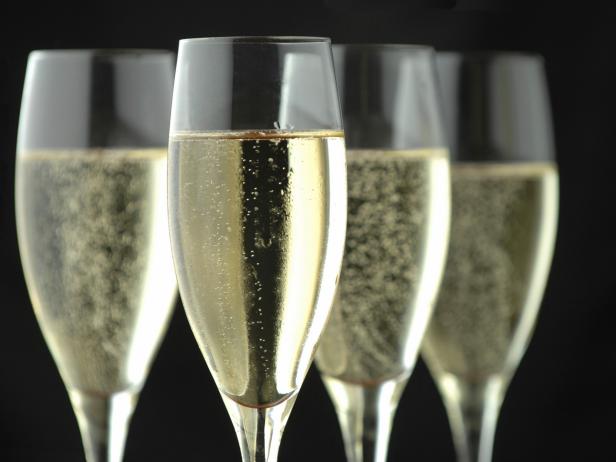
Eric Hood
1. Champagne vs. Other Bubbly: The world’s sparkling template, Champagne, is named for the bubbly that emanates from the Champagne region of northeastern France. In the United States, we call bubbly “sparkling wine.” Italians are passionate about their Prosecco, among other types, while the Spanish are crazy for Cava and in Germany they salivate for Sekt.
2. Méthode Champenoise vs. Tank: Fine bubbly is made from a labor-intensive process — often marked on the label “méthode champenoise” or ”traditional method” — whereby a second fermentation is induced in each bottle. More humble stuff will sometimes be made by the less costly method of producing the secondary fermentation in large tanks.
3. Grapes: While sparklers around the world are made from a range of grape types, the three classic grapes, and the only ones allowed in Champagne, are Chardonnay, Pinot Noir and/or a little-known grape called Pinot Meunier (Moon-yay).
4. Dry, Off-Dry, Sweet: Bubbly can be fully dry, denoted as “brut,” or a little bit sweet, which is confusingly labeled as “extra brut.” You know you have sweeter stuff when the label says “sec,” “demi-sec” or the sweetest, “doux.”
5. Pairings: Most of us are way too hesitant in our bubbly consumption, saving it for special occasions rather than treating it as the willing flavor- and mood-booster it is. Dry versions play nicely with almost any savory meal and have a natural affinity for salty treats like nuts and popcorn, seafood and lighter meats, and fried creations such as Fried Chicken. I also advise my students to always begin a vacation with a Pre-Hotel Bubbly Run (PHBR), a fun, cost-saving operation.
Mark Oldman is a wine expert, acclaimed author and lead judge of the hit series The Winemakers


